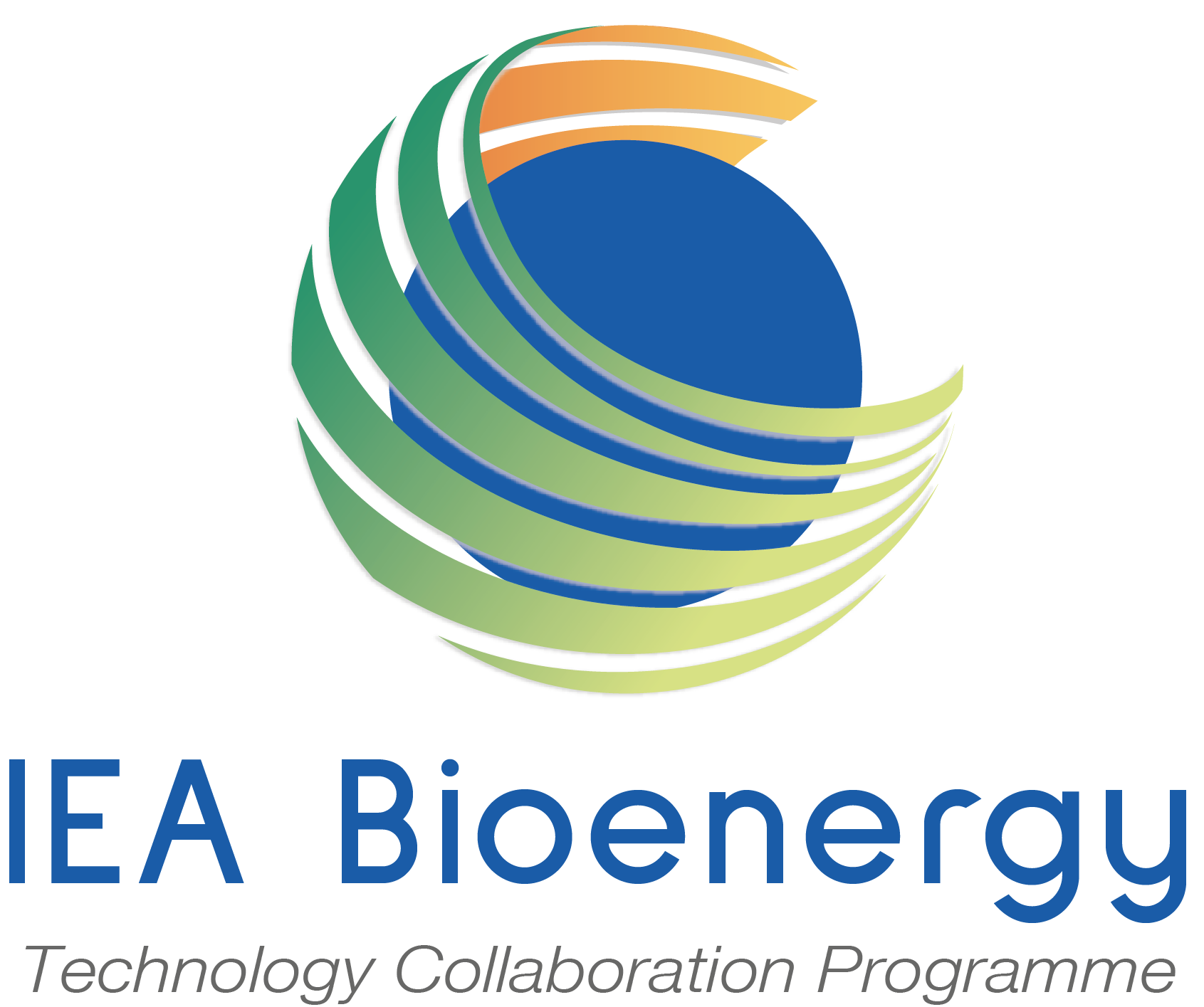This website uses cookies so that we can provide you with the best user experience possible. Cookie information is stored in your browser and performs functions such as recognising you when you return to our website and helping our team to understand which sections of the website you find most interesting and useful.

Publications
-
BECCUS and flexible bioenergy – finding the balance
Sep 2023Contribution of IEA Bioenergy Task 44 & Task 40 to the Inter-task project Deployment of BECCUS value chains In this system study, the two important technologies flexible bioenergy and BECCS (bioenergy with carbon capture and storage) are in focus. Both are expected to play a crucial role in mitigating climate change (compare IEA Net Zero […]
read more -
Defining the value of bioenergy system services for accelerating the integration of bioenergy into a low-carbon economy
Jun 2023IEA Bioenergy TCP’s Task 44 Flexible Bioenergy and System Integration aims at creating a clear picture of status of and opportunities for flexible bioenergy. Particularly important roles that bioenergy can play in the global energy and climate system include 1) enabling increased share of variable renewable energy in the electricity mix through provision of flexibility […]
read more -
Status of and expectations for flexible bioenergy to support resource efficiency and to accelerate the energy transition
Feb 2022Open access article in the Journal Renewable and Sustainable Energy Reviews, based on work performed within IEA Bioenergy Task 44. https://authors.elsevier.com/sd/article/S1364-0321(22)00024-7 We can expect a remarkable expansion and cross-sectoral deployment of PV and wind power in the current decade. The intermittent nature of these renewables, however, will evoke growing challenges regarding matching energy supply and demand. Studies […]
read more -
Five cornerstones to unlock the potential of flexible bioenergy, 2021
Nov 2021The discussion paper is a summary of IEA Bioenergy Technology Collaboration Programme Task 44 to encourage collaboration and knowledge sharing, to raise awareness for the important potential of flexible bioenergy in sustainable energy system integration, and to explore issues and solutions to fully realise this potential. The target audience of the paper are people interested […]
read more -
Valorizing flexible bioenergy, 2021
Sep 2021Valorizing flexible bioenergy_IEWT 2021 Schipfer, Fabian; Schildhauer, Tilman; Mäki, Elina; Thrän, Daniela; Hennig, Christiane; Schmieder, Uta; Higa Cecilia. IEWT 1st Online Conference, 8 September 2021.
read more -
Technologies for Flexible Bioenergy, 2021
Aug 2021The increasing share of renewable energy sources such as photovoltaic systems and wind turbines, of which electricity production depends on weather conditions, leads to a need for more flexibility and controllability of other energy sources, energy carriers and energy storage devices. This report highlights a number of technologies which make the inherent flexibility of sustainable […]
read more -
A techno-economic catalogue for system flexibilization, 2021
Jun 2021Schipfer, Fabian; Schildhauer, Tilman; Mäki, Elina; Höftberger, Ernst; Thrän, Daniela; Hennig, Christiane; Rowe, Ian. IAEE conference, 7-9 June 2021. A techno-economic catalogue for system flexibilization_IAEE 2021
read more -
Expectation and implementation of flexible bioenergy in different countries, 2021
Mar 2021This report gives an overview on the status and the expectation of flexible bioenergy in eleven OECD countries (Australia, Austria, Denmark, Finland, Germany, Ireland, Italy, Netherlands, Sweden, Switzerland and the United States of America) to see different approaches for flexible bioenergy, and summarises drivers and barriers. The report describes the general role of bioenergy in […]
read more -
Deployment of BECCS/U value chains – Technological pathways, policy options and business models, 2020
Jun 2020It is becoming increasingly clear that substantial amounts of negative emissions – essentially, the removal of carbon dioxide from the atmosphere – will likely be required if global climate change is to be limited to 2°C above pre-industrial levels. In order to limit warming to 1.5° negative emissions will be a crucial part of the […]
read more

